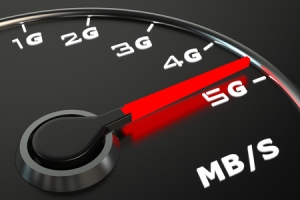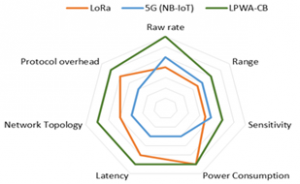New waveform for 5G Low Power Wide Area networks in the IoT shown by Leti

Leti, a research institute of CEA Tech, reports that field trials of its new Low Power Wide Area (LPWA) technology, a waveform tailored for Internet of Things (IoT) applications, showed significant performance gains in coverage, data-rate flexibility and power consumption compared to leading LPWA technologies.
Leti’s LPWA approach includes its patented Turbo-FSK waveform, a flexible approach to the physical layer. It also relies on channel bonding, the ability to aggregate non-contiguous communication channels to increase coverage and data rates. The field trials confirmed the benefits of Leti’s LPWA approach in comparison to LoRaTM and NB-IoT, two leading LPWA technologies that enable wide-area communications at low cost and long battery life.
The results indicate the new technology is especially suitable for long-range massive machine-type communication (mMTC) systems. These systems, in which tens of billions of machine-type terminals communicate wirelessly, are expected to proliferate after 5G networks are deployed, beginning in 2020. Cellular systems designed for humans do not adequately transmit the very short data packets that define mMTC systems.
Leti, a research institute of CEA Tech, reports that field trials of its new Low Power Wide Area (LPWA) technology, a waveform tailored for Internet of Things (IoT) applications, showed significant performance gains in coverage, data-rate flexibility and power consumption compared to leading LPWA technologies.

Figure 1: Performance chart comparison
Leti’s LPWA approach includes its patented Turbo-FSK waveform, a flexible approach to the physical layer. It also relies on channel bonding, the ability to aggregate non-contiguous communication channels to increase coverage and data rates. The field trials confirmed the benefits of Leti’s LPWA approach in comparison to LoRaTM and NB-IoT, two leading LPWA technologies that enable wide-area communications at low cost and long battery life.
The results indicate the new technology is especially suitable for long-range massive machine-type communication (mMTC) systems. These systems, in which tens of billions of machine-type terminals communicate wirelessly, are expected to proliferate after 5G networks are deployed, beginning in 2020. Cellular systems designed for humans do not adequately transmit the very short data packets that define mMTC systems.
Comment on this article below or via Twitter @IoTGN
